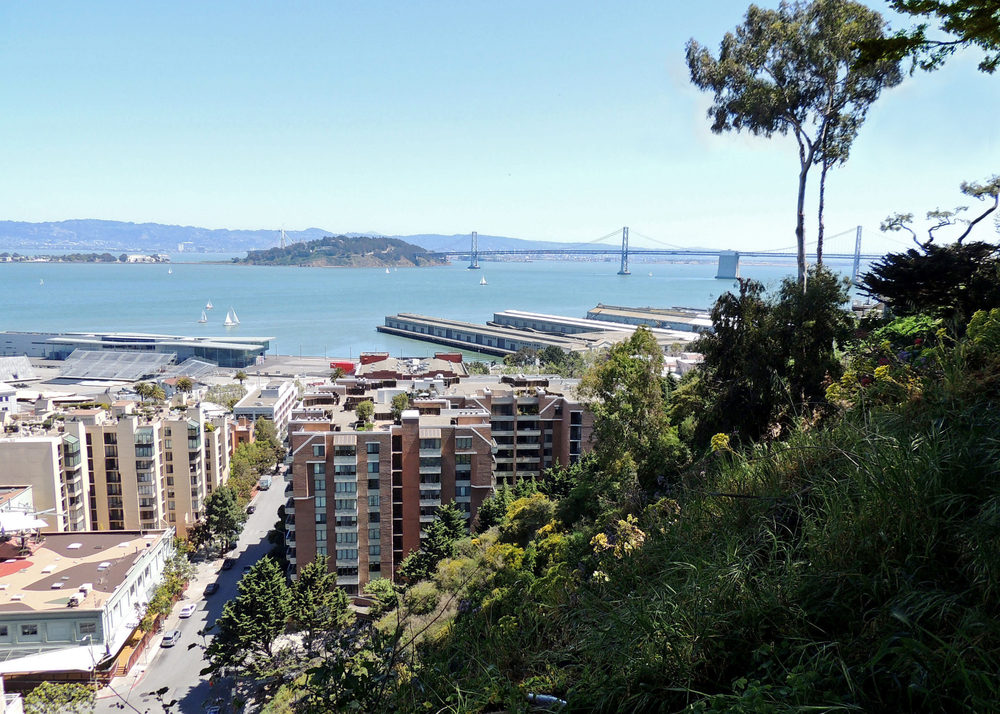
The horribly tragic Miami condo collapse raises questions about liability for dangerous property in California. The legal theory that covers injury from dangerous property is called premises liability. In other words, I have been thinking about who is responsible for this horrific condo collapse that has taken so many lives, and who would be liable if this condo collapse happened in California? In cases like this, the law of premises liability is applicable, as well as perhaps product liability and negligent construction or construction defect law.
In California, should an injury occur on a person’s property due to a dangerous or defective condition of the premises, the doctrine of premises liability will likely hold the property owner responsible. In California, a property owner has what is called a non-delegable duty to keep their premises safe and free of dangerous defects. In California, premises liability law is based on proof of negligence by the owner or possessor of the property.
California Civil Code 1714 covers the obligations of property owners to provide “ordinary care” and states that everyone is responsible to behave reasonably to prevent injury or harm to others. Essentially, if the owner or possessor of a premises, building or property maintains a dangerous or defective condition on the property that exposes visitors of that property to an unreasonable risk of harm, the owner or possessor of the property is liable if that dangerous condition is a substantial factor of the injury. If the dangerous or defective condition was created by the owner or manager of the property, or if the owner or manager or possessor of a property had actual or constructive notice of the dangerous condition, and should have taken reasonable steps to eliminate, abate or warn of the dangerous condition, the property owner will likely be found liable if someone is injured thereby.
A property owner or manager must make a reasonable effort to maintain a safe environment for all users of the property. Under California law – Civil Code 1714 (a), everyone is responsible for the results of their willful acts, and also for any injury experienced by another person as long as the injury was not brought upon by themselves. So, in sum, if a dangerous or defective condition existed on the property, and if the owner or possessor of the building created the condition or knew or should have known about the dangerous condition through reasonable inspections of the property, and the owner or possessor of the property unreasonably failed to make the property safer or to adequately warn about the danger, then the property owner or manager or possessor will probably be held liable if the dangerous condition of the property was a cause of a person’s injury.
Some common scenarios which fall under premises liability include unleashed dogs and improperly restrained dangerous animals. Also, property that is poorly maintained is categorized under premises liability. Slip and falls and trip and falls due to a dangerous condition on the premises are probably the most common types of premises liability personal claims. Physical damage to the property that has been left unrepaired, defective gates, doors, decks, windows, and even hot water scalding are all examples of potential premises liability claims. Should a person be injured by a dangerous or defective condition of a property, getting prompt legal advice from a premises liability attorney is important.
When examining the Surfside, Florida, Champlain Towers South collapse, several areas attract legal attention. Lawsuits have already been filed. A construction defect lawsuit was filed against the Champlain Towers South Condominium Association. A contract and indebtedness lawsuit was filed against the association. A construction defects lawsuit was filed against the association, SD Architects and Morabito Consultants – consultants and engineers who issued a report in 2018 urging repairs were needed. A premises liability lawsuit was also filed against the association on behalf of the estate of Beatrice Guerra Rodriguez, a resident who perished in the collapse.
Mounting Evidence that Repairs Were Needed
In April of this year, the condo association sent a letter to those living in Champlain Towers South, stating significant damage and deterioration to their building. This letter explained that a $15 million special assessment would need to be paid by the members in order to repair the building. This is probably enough notice to the owners and managers of the building to create liability.
Previously in 2018, Morabito Consultants was hired to inspect the building and provide an estimate to make repairs so it would pass the required 40-year inspection in 2021. Since this estimate and report were completed, the building’s condition deteriorated very quickly, with residents able to observe concrete damage in the parking garage, which was located beneath the pool. How can the condo association deny notice of this hazardous condition? I don’t think that they can.
The Miami condo collapse brings back memories of the 2015 collapse of a balcony in Berkeley, California, where five Irish college students and an American student were killed. The Berkeley collapse prompted building officials and lawmakers to focus on balconies and decks, introducing additional safety regulations. While, under the new safety measures, building owners and managers have until January 2025 to inspect the premises, like the Miami Condo collapse, many homeowners’ associations have delayed inspections, believing that inspections will lead to additional special assessments. Many homeowners associations are reluctant to pass along special assessments to their residents, despite the risk of serious injury or even death.
Preserving Evidence for Premises Liability
Several Miami law firms have stressed the importance of preserving evidence, with one firm requesting permission for a drone to be flown over the collapse to document evidence. As with any legal case, preserving and documenting evidence may be vital to proving a case later.
When handling an injury case that falls under the umbrella of premises liability, it is important for evidence to be documented early and preserved. Evidence gathering includes taking photos and video, documenting the condition of the scene of the incident and interviewing potential witnesses. Eyewitnesses may have noticed broken or damaged decks, doors, windows and other areas that could have contributed to the collapse and the injuries and deaths. They may have noticed broken or damaged property or sometimes hidden defects that the injured person missed.
With lawsuits continuing to be filed and media reports attempting to assign blame for the Miami collapse, responsibility for the Miami condo collapse could take a lengthy period of time to sort out. Litigation to hold those responsible is surely going to occur. Know that if you or your loved ones have experienced injury due to a dangerous condition of premises, you should have a premises liability lawyer investigate fully to assure that all those responsible are held fully accountable for their negligent actions or lack of action.
If you or a loved one has experienced injury due to unsafe property conditions, Choulos, Choulos & Wyle can help. We have the knowledge, experience and dedication to help you achieve the justice and compensation for any injuries or wrongful death and to help you hold those responsible fully accountable. Please feel free to contact me at 415-432-7290 or visit www.ccwlawyers.com to discuss your legal options. Initial consultations are free of charge. All calls and email inquiries are covered by the attorney-client privilege and are strictly confidential.

Claude A. Wyle is a partner of Choulos Choulos, and Wyle, a San Francisco based law firm dedicated to representing clients who have been injured by the wrongful conduct of individuals, corporations, public entities, and businesses. Mr. Wyle also frequently sits as a Judge Pro Tem for the city and county of San Francisco.


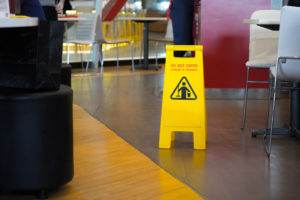

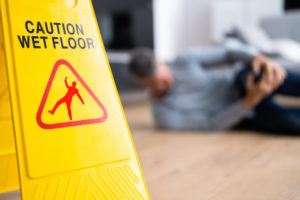
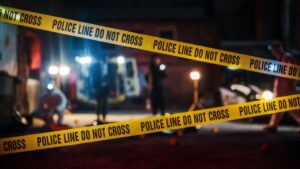
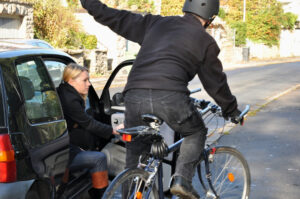


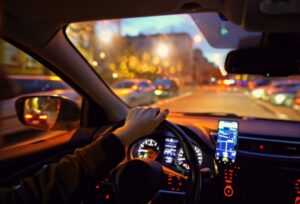


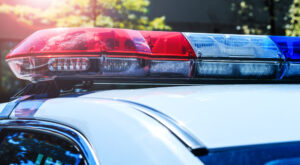

Comments for this article are closed.